Active Release Therapy (ART) is a manual therapy approach designed to address issues in muscles, tendons, ligaments, fascia, and nerves. This innovative, movement-based technique treats a range of soft tissue injuries and conditions, such as muscle strains, tendonitis, ligament sprains, and nerve entrapment syndromes. As a non-invasive and drug-free treatment, ART has proven highly effective for soft tissue-related problems.
By combining manual therapy with movement, ART provides a comprehensive approach to treating soft tissue injuries and conditions, promoting optimal recovery and function.
Key Takeaways
Active Release Therapy is a hands-on treatment method that targets soft tissue injuries and conditions.
This therapy works by breaking up scar tissue and adhesions to restore normal function and range of motion.
The benefits of Active Release Therapy include pain relief, improved flexibility, and enhanced athletic performance.
Athletes, individuals with repetitive strain injuries, and those with chronic pain can benefit from Active Release Therapy.
During a session, expect the practitioner to use their hands to apply precise tension and movement to the affected area.
How Does Active Release Therapy Work?
What are Adhesions and Scar Tissue?
Adhesions are areas of dense scar tissue that form in muscles, tendons, ligaments, and fascia as a result of overuse, injury, or surgery. These adhesions can lead to chronic pain, stiffness, and limited mobility.
How Does ART Work?
ART works by applying precise tension and pressure to the affected area while the patient performs specific movements, utilizing active release techniques. This helps to break up the adhesions and restore normal function to the affected tissues.
Restoring Normal Function
By breaking up adhesions, ART helps to restore normal function to the affected tissues, reducing pain and stiffness, and improving range of motion. This results in improved overall mobility and a better quality of life.
The Benefits of Active Release Therapy
There are many benefits to Active Release Therapy. It can help to reduce pain and stiffness, improve range of motion, and restore normal function to injured tissues. ART can also help to improve athletic performance by addressing imbalances in the muscles and improving flexibility and strength.
In addition, ART can help to prevent future injuries by addressing underlying issues in the soft tissues of the body. Active Release Therapy offers many benefits for those suffering from soft tissue injuries and conditions. It can help to reduce pain and stiffness, improve range of motion, and restore normal function to injured tissues.
ART can also help to improve athletic performance by addressing imbalances in the muscles and improving flexibility and strength. In addition, ART can help to prevent future injuries by addressing underlying issues in the soft tissues of the body.
Who Can Benefit from Active Release Therapy?
Active Release Therapy is suitable for anyone suffering from soft tissue injuries or conditions. ART can be used to treat acute trauma such as tears and sprains. This includes athletes, office workers, manual laborers, and anyone else who experiences pain or stiffness in their muscles, tendons, ligaments, or fascia. ART can be used to treat a wide range of conditions, including muscle strains, tendonitis, ligament sprains, nerve entrapment syndromes, and more.
What to Expect During an Active Release Therapy Session
During an Active Release Therapy (ART) treatment session, the practitioner will use their hands to apply precise tension and pressure to the affected area while the patient performs specific movements. This helps to break up adhesions in the soft tissues and restore normal function to the affected area. The treatment may cause some discomfort during the session but should not be painful.
Patients may experience some soreness after the session as the body begins to heal.
The Difference Between Active Release Therapy and Other Therapies
What Makes Active Release Therapy Different from Other Manual Therapy Techniques
Active Release Therapy is a movement-based treatment method that targets problems with muscles, tendons, ligaments, fascia, and nerves. This approach is distinct from other therapies that may focus on different aspects of healing or involve invasive procedures or medications.
A Highly Effective Treatment Option
Active Release Therapy has proven to be highly effective in treating a wide range of soft tissue injuries and conditions. Its non-invasive and drug-free approach makes it an attractive option for those seeking a safe and natural way to address their health concerns.
A Comprehensive Solution
By addressing problems with muscles, tendons, ligaments, fascia, and nerves, Active Release Therapy provides a comprehensive solution for individuals suffering from soft tissue injuries and conditions. Its movement-based approach allows for a more comprehensive treatment that promotes overall healing and quality of life. Unlike myofascial release techniques, which break up adhesions and fight inflammation, ART is more effective in restoring functional motion and is carried out by trained health care practitioners.
Finding a Qualified Active Release Therapy Practitioner – Northwest Rehab Group
When seeking an Active Release Therapy practitioner, it is important to find healthcare professionals who are qualified and experienced in this treatment method. Northwest Rehab Group offers a team of highly skilled practitioners who are trained in Active Release Therapy and other advanced treatment methods. Our practitioners have extensive experience in treating a wide range of soft tissue injuries and conditions and are dedicated to helping our patients achieve optimal health and quality of life.
In conclusion, Active Release Therapy is a highly effective treatment method for addressing problems with muscles, tendons, ligaments, fascia, and nerves. It works by breaking up adhesions in the soft tissues of the body and restoring normal function to injured areas. ART offers many benefits for those suffering from soft tissue injuries or conditions and is suitable for anyone experiencing pain or stiffness in their muscles or joints.
FAQs
What is Active Release Therapy (ART)?
Active Release Therapy (ART) is a soft tissue technique that treats problems with muscles, tendons, ligaments, fascia, and nerves. It is used to break up adhesions and scar tissue, improve mobility, and reduce pain.
How does Active Release Therapy work?
ART works by applying specific pressure and tension to the affected area while the patient moves through specific movements. This helps to break up adhesions and scar tissue, restore normal tissue texture, and improve range of motion.
What conditions, including Repetitive Strain Injuries, can Active Release Therapy help with?
ART can help with a variety of conditions including muscle strains, tendonitis, carpal tunnel syndrome, plantar fasciitis, and many other soft tissue injuries. It is also effective in treating overuse injuries and postural imbalances.
Is Active Release Therapy painful?
ART can be uncomfortable at times, especially when working on areas with a lot of scar tissue or adhesions. However, the discomfort is usually temporary and many patients experience significant relief after the treatment.
How long does it take to see results from Active Release Therapy?
The number of sessions needed varies depending on the severity of the condition and the individual’s response to treatment. Some patients experience immediate relief, while others may require multiple sessions to see significant improvement.
Is Active Release Therapy safe?
When performed by a certified ART practitioner, ART is considered safe and effective. It is important to seek treatment from a qualified and experienced practitioner to ensure the best results and minimize the risk of complications.
References:
- Verywell Health explains how Active Release Technique (ART) involves identifying and mobilizing muscle and fascia knots through specific pressure and patient movement, providing relief from conditions like shoulder pain, shin splints, and plantar fasciitis. https://www.verywellhealth.com
- Physiopedia highlights case studies showing the effectiveness of ART in treating various conditions such as trigger thumb, epicondylosis lateralis, and tibialis posterior tendinopathy, demonstrating significant improvements in pain and function. https://www.physio-pedia.com/
- Hospital for Special Surgery (HSS) outlines the unique aspects of ART, including its focus on combining precise tension with specific patient movements to treat overused muscles and release scar tissue, which distinguishes it from other soft tissue techniques. https://www.hss.edu/
- Performance Place Sports Care details how ART benefits athletes by preventing injuries, improving performance, and reducing recovery time through the routine and preventative addressing of tissue adhesions. https://www.p2sportscare.com/
- Healthline provides an overview of ART’s benefits, including increased range of motion, decreased pain, and improved chronic conditions like neck pain and carpal tunnel syndrome, supported by various research studies. https://www.healthline.com/health/active-release-technique

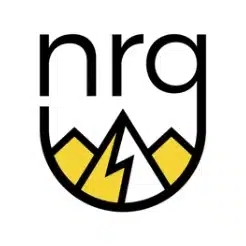
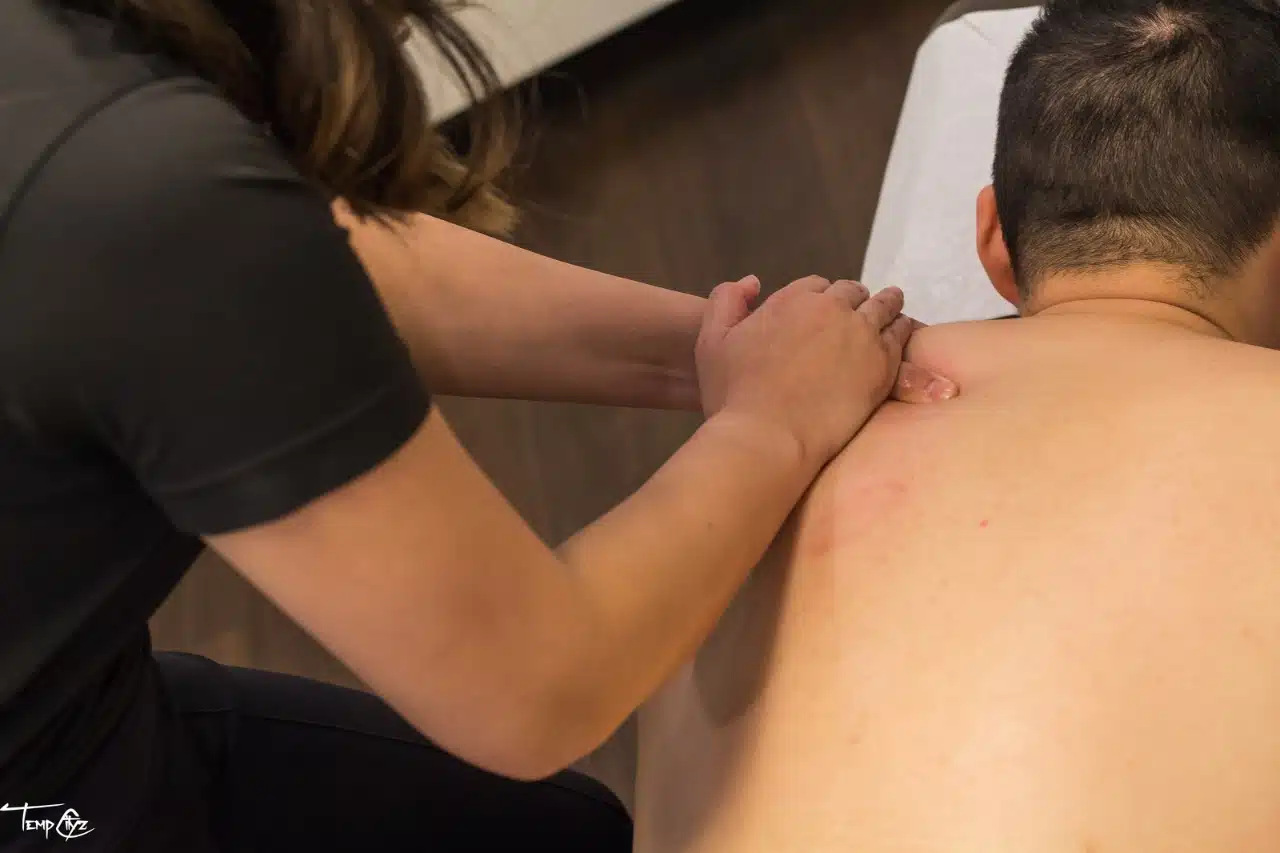
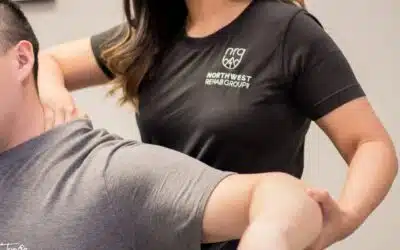
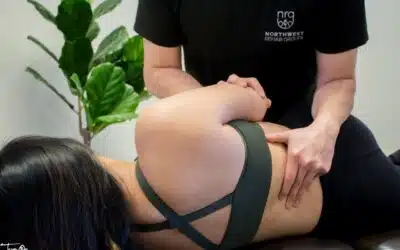
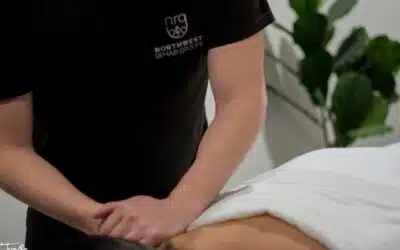
0 Comments